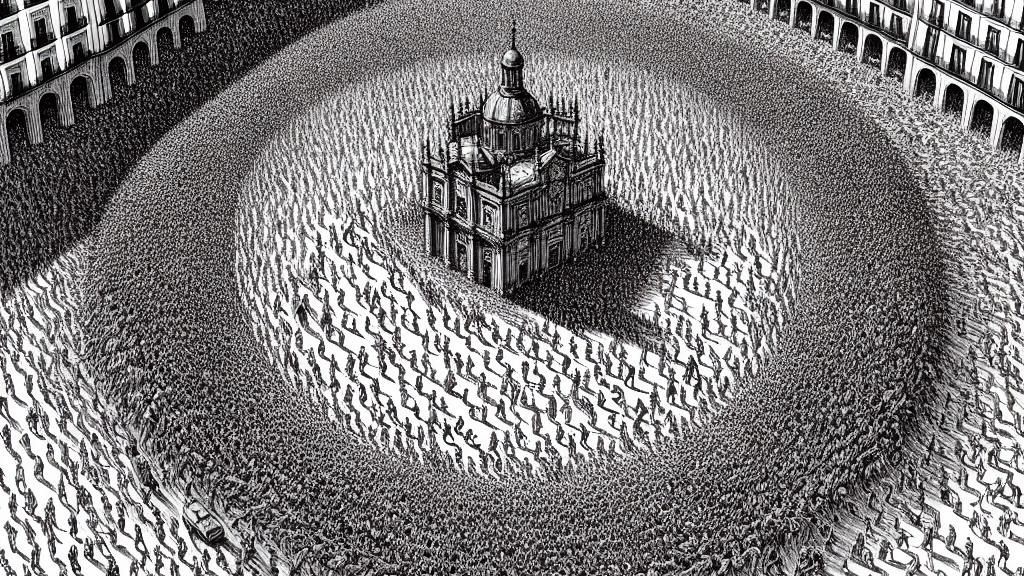How Fluid Dynamics Can Help Save Lives in Crowds
Overview
- Fluid dynamics unveils complex patterns in crowd movements.
- A deep understanding of these behaviors can drastically reduce disaster risks.
- Innovative crowd modeling techniques may prove essential in safeguarding lives during major events.

Crowd Dynamics at Festivals
Head to Spain, and you'll find yourself swept up in the electrifying atmosphere of the San Fermin festival. Here, in the lively Plaza Consistorial, thousands of thrill-seekers gather every year to witness the breathtaking—and sometimes perilous—running of the bulls. This vibrant event became the perfect laboratory for scientists looking to study how people behave in tightly packed environments. Their groundbreaking research revealed fascinating movement patterns, such as asymmetric orbital oscillations—an impressive term that describes the circular motion of people in crowds. Imagine how these movements form a kind of rhythm, one that happens organically and can lead to dangerous situations if not carefully monitored, particularly akin to the catastrophic Love Parade disaster in 2010, where poor crowd management led to tragic consequences.
Why Fluid Dynamics Matters
One might question how fluid dynamics fits into the puzzle of human behavior. To put it simply, think about water flowing in a stream: it twists, turns, and sometimes collides with obstacles. People act similarly when packed together at concerts, sports events, or festivals. By analyzing crowd dynamics through the lens of fluid mechanics, researchers can identify pressure points and predict when chaos might ensue. For instance, during a sudden surge toward an exit, the collective movement can create panic, leading to stampedes. These insights are critical; using fluid dynamics can transform the way we approach crowd safety, turning tragic situations into manageable circumstances where everyone's safety is prioritized.
Future Applications
The horizon is teeming with possibilities for enhancing crowd management through fluid dynamics! Imagine an advanced monitoring system that utilizes real-time data to track crowd density and movement patterns. Picture this: event coordinators receive instant alerts when areas become overcrowded, empowering them to redirect people safely and effectively. This system wouldn’t just revolutionize festive events like San Fermin, but also provide valuable insights for sporting events, public gatherings, and beyond. Ultimately, reducing the risks associated with overcrowding translates into a safer experience for everyone involved, allowing them to enjoy the events without the shadow of danger. The marriage of science and crowd safety has the potential to usher in a new era of public event management, focusing on protecting lives while celebrating community.

Loading...